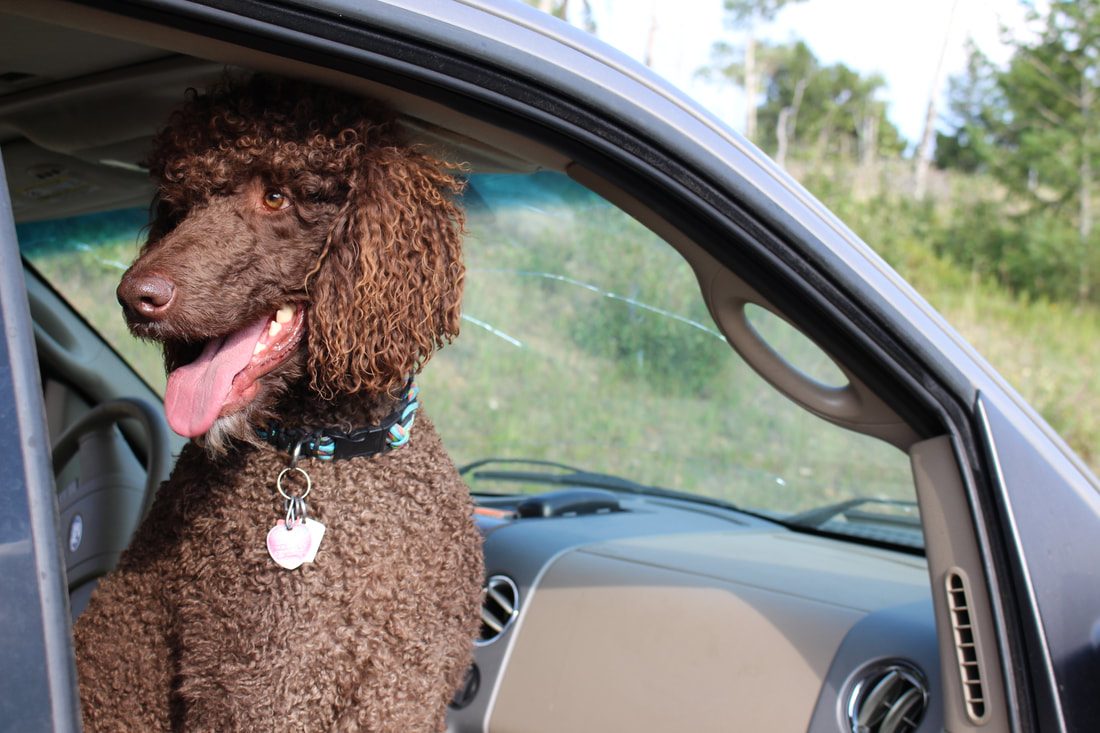|
If your dog is being “naughty,” and you look for help on a social media site, you are looking in the wrong place! There are two main reasons why social media is the last place to look for advice.
As you can expect, the comments ran the gamut of answers. Use a “vibrating collar,” give them more exercise, squirt them with vinegar water; they need training and the usual “I had this problem, and this is what I did.”
This is about par for the course in my experience. I find it a fascinating study in human behavior that some people immediately encourage punishing the dog – shock collar and vinegar water, and others (politely) blame the owner – exercise more and train them. My comment was, “Trainer here: This situation has a lot to unpack, and you won’t find a fix on social media. Hire a trainer.” I didn’t say “hire a trainer,” hoping they hire me. I am not looking for a payday. I often give training advice on social media, but complex situations like this can’t be solved overnight. Let’s use my “address or suppress” series as the framework. If you are unfamiliar with this, you can watch the whole series here. If we want to suppress the behavior, we could punish the behavior – yell at them, use a shock collar, a squirt bottle, or a penny can. These could work if the dog finds them punishing, but you can also create a more significant problem by compounding the fear by adding pain or discomfort. We could also suppress the behavior by using a management tool to prevent the behavior. For example, we can crate the dogs and cover them with a blanket so they can’t see. We can put window cling on the windows to prevent the dog from seeing clearly and use a calming cap simultaneously. If we want to address the behavior, we need more information. So these are the questions I would ask to gather the information I need to create a plan to address the cause of the behavior. Tell me more about the dogs.
Tell me about their learning history
Tell me about the behavior
Tell me about your expectations.
Tell me about yourself
Once I have all those answers, I can see the bigger picture. When I can see the big picture, I can see behavior patterns. Once I can see the behavior patterns, I can formulate a training plan that addresses the problem's root cause and is tailored to that specific dog. The root cause of this problem could be fear-based anxiety, it could be a lack of clear communication of expectations, it could be a lack of training to the level of distraction needed, it could be a pack dynamic problem, or it could be a lack of self-regulation. Still, until I have all the details, I can only guess. If I am not addressing the cause of the behavior, I am wasting time. This happens all the time. People will say, “I’ve tried x,y, and z, and nothing works.” It isn’t working because you aren’t addressing the root of the problem for THIS dog. And that is the problem with getting training advice on social media. People try to be helpful but they give advice based on what worked for THEIR dog and not yours. And as a trainer, I can’t get all the information I need in a social media post to provide accurate advice. That doesn’t mean you can’t get good advice on the Internet. You certainly can, but you have to look at the source of the information and understand that it is GENERALIZED information and is a good starting point. When you are serious about changing your dog’s behavior it’s time to hire a trainer. Hiring a qualified trainer isn’t an expense but an investment. When you work with a trainer, you benefit from their experience. This is often years of experience with a variety of dogs which allows them to assess a dog’s behavior quickly and create a specific training plan for your dog. When you make this investment and follow their specific suggestions, your dog’s “naughty” behavior will soon be a distant memory.
2 Comments
Jarka
4/27/2023 10:33:36 am
Yes, everyone is an expert on social media. What did we do before internet/social media if we had a problem? We contacted an expert. Somebody who is qualified to solve our issue. And I'm not talking only about dog training. Internet and social media especially turned people into "know-it-alls" who are not shy to push their opinions on everything. But again, you get what you pay for. So thankful for all your knowledge and patience in educating us!
Reply
I don't use social media for much since most of it is not real or just mis-information but....
Reply
Leave a Reply. |
AuthorI have been working with dogs for over 15 years-soon to be over 20. I have two dogs currently - Stanley and Walter and two dogs waiting for me at the rainbow bridge - Maverick & Jasper. My dogs have been profound teachers and I want to share what I have learned with you. Archives
June 2024
Categories |


 RSS Feed
RSS Feed